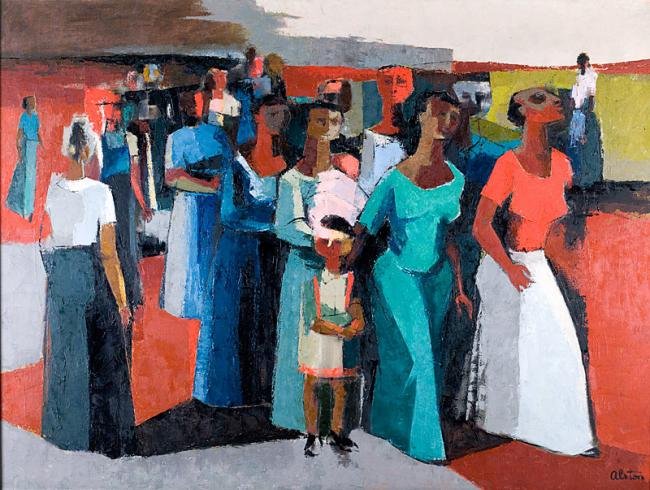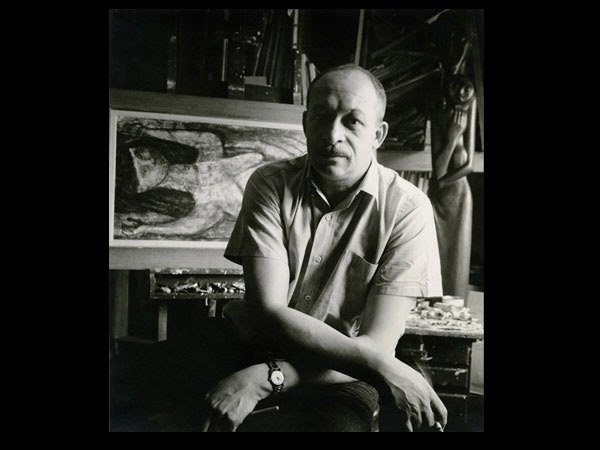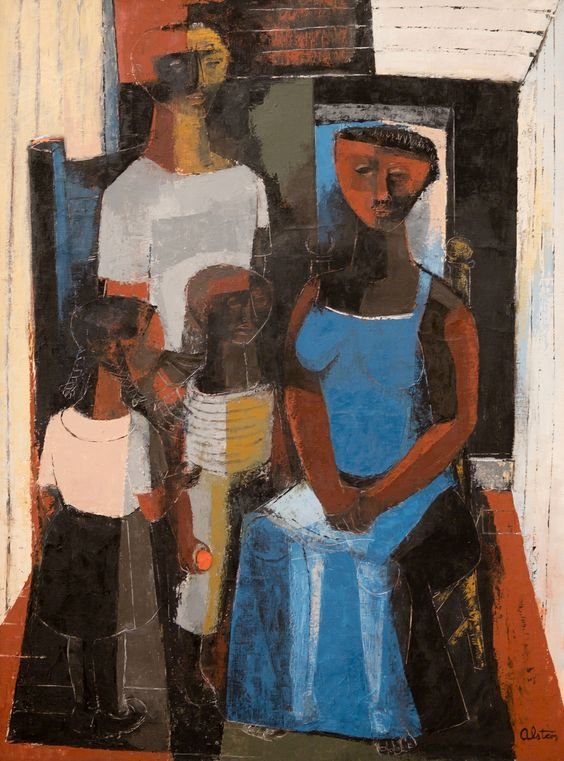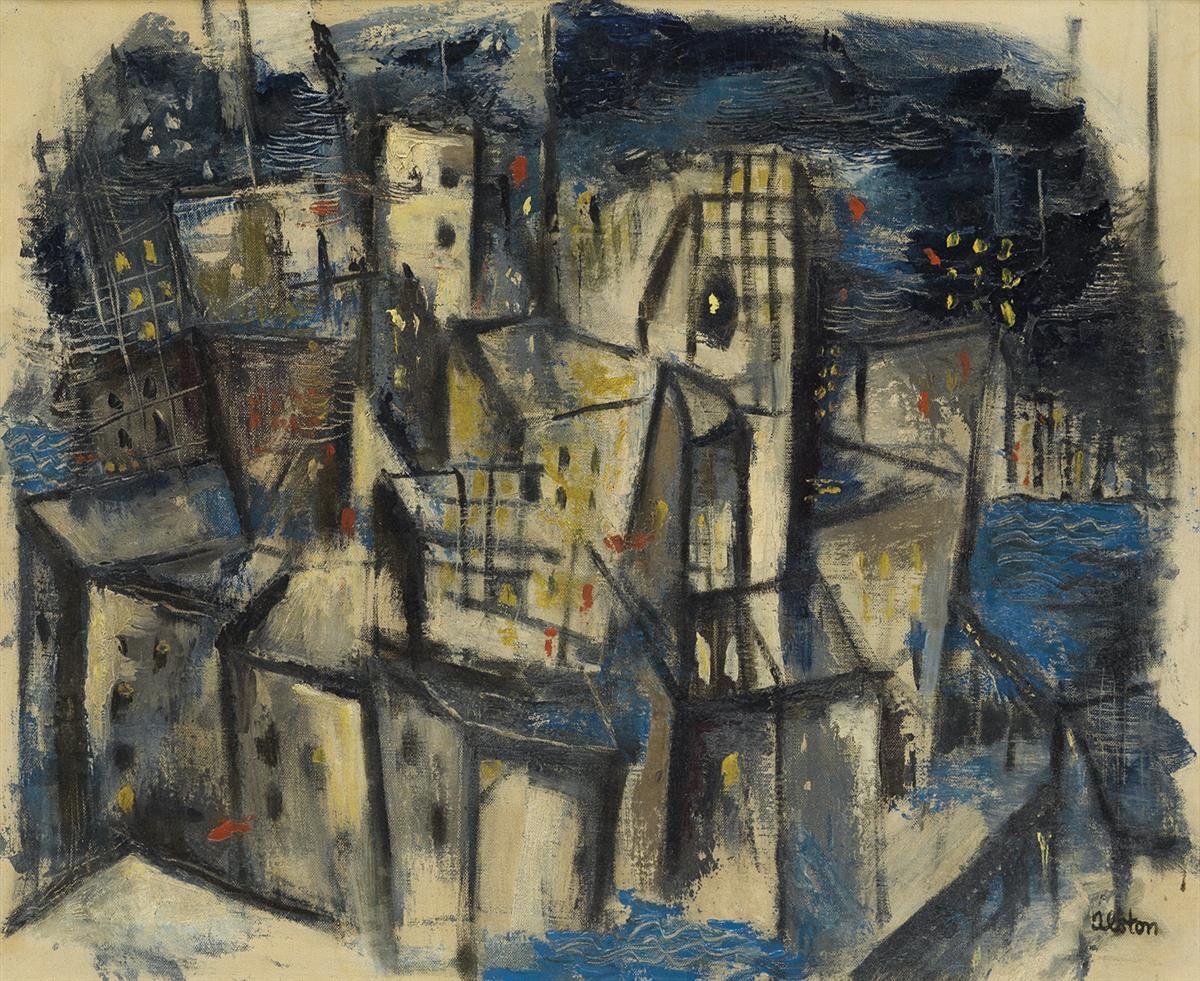Capturing moments: The life and art of Charles Alston
Charles Alston was a Black American artist who was instrumental in the development of the Harlem Renaissance. His artwork explored the Black American experience, depicting themes of struggle, joy, and pride. Alston was born in Charlotte, North Carolina, in 1907 and attended the National Academy of Design in New York City. After graduating in 1929, he rose to become one of the foremost artists of the Harlem Renaissance. Alston's most iconic works include his intricate and vibrant paintings of Black American life, such as his work titled "The Park," which depicted the everyday lives of Black people living in the city. He also created portraits of prominent Black American figures, such as Langston Hughes, W.E.B. Du Bois, and Dr. Martin Luther King Jr. His works were a celebration of the Black culture and experience, and he was one of the few Harlem Renaissance artists to address the discrimination and prejudice faced by Black people in America. Alston's work had a huge influence on the development of Black American art. He was a highly sought-after teacher and mentor and taught at renowned institutions such as the Brooklyn Museum Art School, Elizabeth Seton College, and the Schomburg Center for Research in Black studies. He also co-founded the spiral arts collective, an organization that aimed to explore, promote and preserve Black American culture. Alston's legacy lives on in the works he created and the artists he mentored. He is regarded as one of the greatest Black American artists of all time, and his groundbreaking works of art remain some of the most iconic representations in the history of American art. Alston's work elevated the Black experience to the level of fine art and continues to influence artists today. Charles Alston truly encapsulates the spirit of the Harlem Renaissance and is truly one of the masters that we will forever remember.
Walking, 1958 (C. Alston)
The Family, 1955 (C. Alston)
Untitled (New York Cityscape), C. Alston




